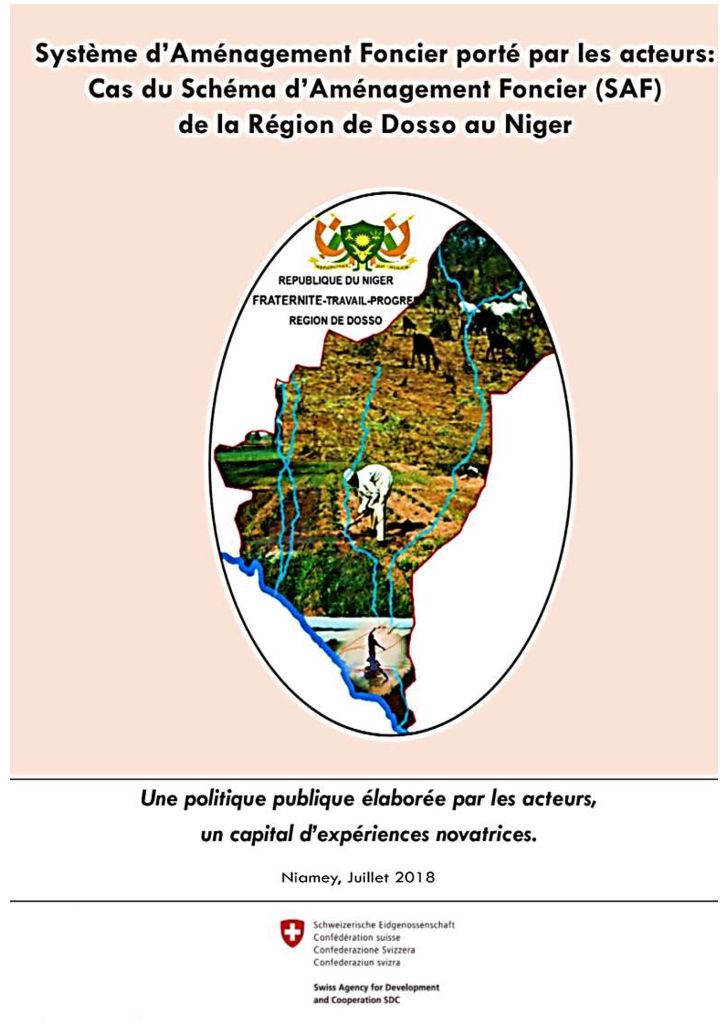Artificialisés, accaparés, appauvris les sols sont assaillis de tous côtés
Date: 3 janvier 2019
Source: Reporterre.net
Par: Marie Astier
Les sols sont vivants, indispensables à la vie, et presque non renouvelables. Ils sont pourtant assaillis par l’étalement urbain et des pratiques agricoles désastreuses. Sans oublier l’intrusion croissante de sociétés foncières spéculatives. Un rapport parlementaire alerte sur cette situation et appelle à une grande loi foncière.



